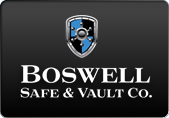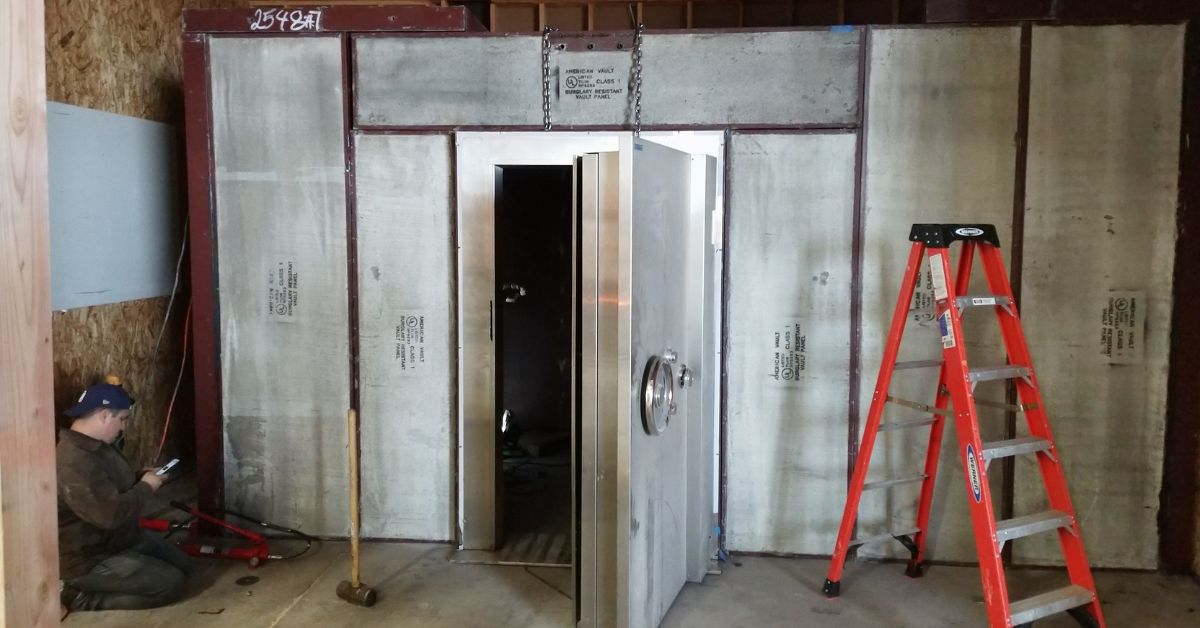Robust security and gun safes protect valuable items from theft, fire, and unauthorized access. Additionally, their fortified construction makes moving them more complex than moving standard furniture. Protect people and property by knowing what to consider when moving security safes and gun safes.
Safe Weight and Size
The safe’s weight and size will influence every aspect of the move, including the type of equipment and the number of people needed to move it. Underestimating the weight could lead to injury or property damage, so gather this essential information from the manufacturer’s details or by consulting a professional before moving the safe. Safes can range from 50 to over 1,000 pounds, and heavier safes demand specialized dollies and lifting equipment. Professional safe movers save you time and money moving your heavy safe because they have the expertise and equipment to handle this asset successfully.
Securing a Gun Safe
Relocating a gun safe requires specific considerations to ensure safety and legal compliance. First, remove the firearms from the safe. If left inside, they could shift during the move, potentially damaging the firearms and making the move more difficult as the weight shifts.
Second, follow local and federal regulations regarding the transportation of firearms and ammunition. Experienced, professional gun safe movers can advise you on how to prepare firearms for transport. To transport firearms legally and safely in California, store the unloaded firearms separately from the ammunition. Transport firearms in the trunk of a vehicle or in a locked container if the vehicle does not have a trunk.
Challenges on the Moving Path
Next, examine the path the safe will take from its current spot to the final destination, including corridors, doors, stairs, and other potential obstacles. Make your audit as detailed as possible to anticipate risks and challenges.
When assessing the moving path for relocating a safe, it’s important to note the following:
- Width of doorways and hallways: Ensure they are wide enough for the safe to pass through without obstruction.
- Height clearance: Check for any low ceilings, beams, or light fixtures that could hinder movement.
- Floor strength: Determine whether the flooring can support the weight of the safe without sustaining damage.
- Stairs stability: If the path includes stairs, assess their strength and width to determine whether they can handle the load safely.
- Sharp turns: Identify any tight corners or sharp turns that may require additional maneuvering.
- Obstacles: Look for potential obstacles like furniture, rugs, or decor that should be moved out of the way.
- Outdoor paths: Consider the terrain and conditions of any outdoor path, including steps, slopes, and uneven surfaces.
Required Equipment
The next consideration for moving security safes and gun safes is the required equipment. Using the wrong equipment increases the risk of injury to the individuals involved and can damage the safe, its contents, and the property. Improper tools may not support the weight or provide the necessary stability, leading to accidents and potential financial losses.
Typically, moving a heavy safe requires a heavy-duty appliance dolly with straps for secure positioning and thick blankets or padding to protect both the safe and the property during the move. For extremely heavy or large safes, professional movers might also use a stair-climbing dolly, heavy-duty rollers, and other specialized devices for safe transport.
Movers secure the safe during transport using heavy-duty ratchet straps or tie-downs to firmly anchor the safe to the moving vehicle. Additionally, they use protective padding or blankets around the safe to further ensure its stability and prevent scratches or dents during transportation.
The Benefits of Professional Movers
Comprehensive safe moving services simplify the process of moving security safes and gun safes. Professional movers use specialized devices for safe and efficient relocation, and their handling techniques provide peace of mind as they navigate obstacles and tight spaces with precision. And unlike DIY or subpar moving services, insured professionals cover any potential damages that may occur during the move. For the most secure relocation, put your safe in the hands of insured and experienced professionals.




Leave A Comment